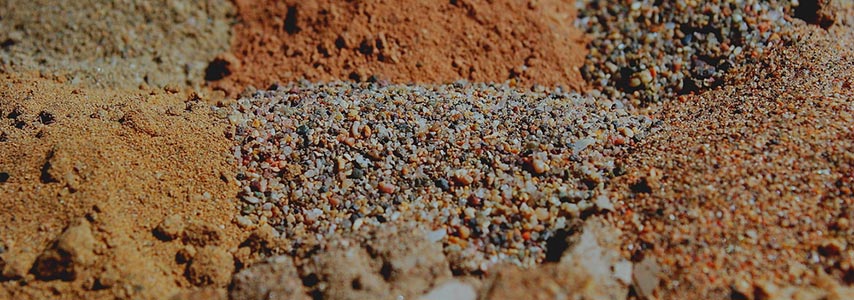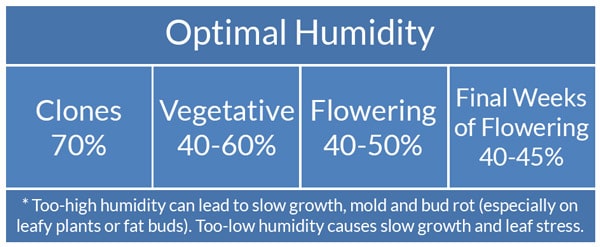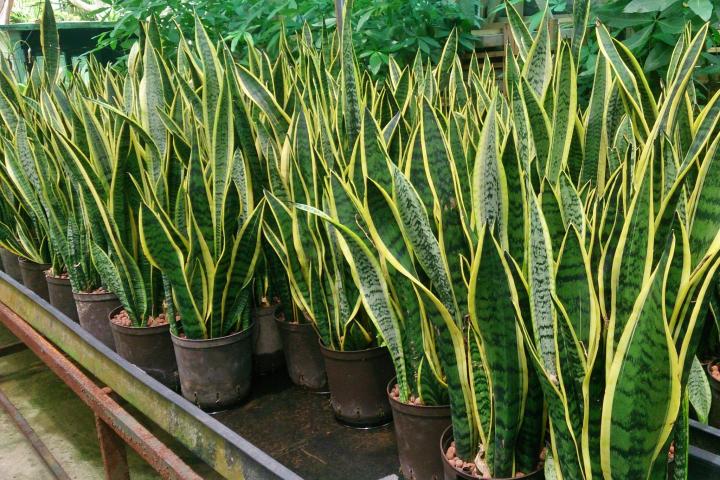Snake plants are strong and low maintenance plants. You know it’s true. Thereafter, the plant needs some care.
And watering properly is an essential part of caring for the snake plant. So, the question is; how much water do snake plants need?
The snake plant is succulent. And you know; succulent has fleshy leaves and stems to store water. So, the snake plant doesn’t need too much water. Applying 1-2 inches of water per 2-3 weeks is enough for a snake plant.
Sounds simple, but actually not. Because you should not follow any hard and fast schedule for watering the plant. The watering can vary depending on various factors such as climate, location, soil condition, and so on.
The rule of thumb of watering is; provide the water when it is required for the plant. Because both over and under watering are harmful to snake plants. So, you should know in detail about snake plant watering.
And in this article, I have answered every question related to snake plant watering. So, without losing the time, let’s get started :
When To Water Snake Plants?
As you know, Applying water every 2-3 weeks is recommended. But there are lots of factors you should consider to know the best schedule for watering. Let’s see what factors you must consider :
1. Weather Conditions

The snake plant needs more water in summer than winter. Because the temperature remains high and the plant evaporates their water more frequently. As a result, the roots dry fast and want extra water to maintain the water ratio in the plant body. Otherwise, wilting occurs.
So, how often do you water a snake plant in the summer?
The quick answer; Apply water once a week to the snake plant in summer.
In the winter the temperature is low. Also, in the winter plants are in dormant stages. That means in this time the plant takes rest and doesn’t continue any activities. So, the plant needs less water.
Applying water every 15 or 30 days may be perfect for snake plants in winter.
2. Soil Type and Condition

It is one of the most important factors. Because watering mostly depends on the soil conditions. If the soil contains organic matter or good water holding capacity then you don’t need to worry about underwatering.
Also, good potting soil has higher porosity and drainage facilities to protect the plant from overwatering. Here is the best potting soil for snake plants– All Natural Succulent and Cactus Soil Mix by Perfect Plants.
3. Humidity Level

Humidity refers to the concentration of water vapor or gaseous water present in the air. So, if the humidity increases, you should apply less water. And if the humidity level decreases, you must apply more water to the plant.
4. Location of the Snake Plant

Snake plants like bright and indirect sunlight. If you place your plants where they get more sunlight, then they need more water too. You may know why. Because more sunlight increases the evaporation rate. As a result, the plant passes out more water from leaves and stems.
In contrast, the snake plant which is situated in shade or indoor needs less water because of the lower evaporation rate.
5. Size of the Plant
The small plant needs a small amount of water. When the plant grows over time, you should apply more water. Because the bigger plant has bigger leaves. And you know, plants evaporate water (transpiration) from leaves. So the bigger leaves mean more transpiration.
5. Type of Pot and Pot Size
Some pots are non-porous and some are porous. For example, a plastic pot or ceramic pot has no porosity to evaporate water but a terracotta pot can evaporate water easily. So, plants in a plastic pot need less water than terracotta potted snake plants.
A large plant needs a large pot. But if you plant your snake plant into a very large container, there is enough chance of overwatering. Because the more soil, the more water absorbed.
Too small pot or container prevents the root development of the plant and damages the root tips. Also, the smaller size of the pot doesn’t allow the water to move. And it may cause root rotting.
The rule of thumb of the size of the pot is; always repot one size larger than the previous one. Remember, snake plants like more space to develop the root.
How to Tell If Snake Plant Needs Water?
The plant can’t talk. They show symptoms. You have to understand the sign and take action based on that. Like all plants, snake plants show some symptoms when they get less or more water. Additionally, you can test the soil to know if the snake plant needs water or not. Let’s explore more-
1. Symptoms Cause Watering Problems
Overwatering Symptoms: The excess water suffocates the plant root that causes root rot. So, root rot is the main symptom of overwatering. Also, the leaves of the plant start turning brown to yellow for overwatering. Keep on reading and you will know the more overwatering signs.
Underwatering Symptoms: When the snake plant doesn’t get the required water, the leaves start dropping and wrinkling. Then the leaves turn brown on the edges and tips. Lastly, the leaves completely dry out.
Remember; those symptoms also may appear for some other reasons such as nutrient deficiency and pest or fungal diseases.
2. Moisture Meter
Besides the plant, soil can also tell you that the plant needs water or not. And to know this, you must take a moisture meter. Just simply poke the moisture meter into the soil and act according to the reading. Here is the best moisture meter for you- Atree Soil 3-in-1 Soil Tester Kits.
3. Finger /Stick Test
Don’t want to invest in a moisture meter? Don’t worry, you can test the moisture of the soil at home. Just poke your finger or dry stick into 2 inches of the soil. If you feel dry or the stick remains dry, then the plant needs water.
How to Water Snake Plants?
There are no hard and fast rules for applying water to the snake. The main goal of watering is to supply the required moisture. Thereafter, you should follow 6 methods to apply water-
1. Applying Water on the Soil
Pour water on the soil surface. Allow the drain hole to pass the excess water. This is the traditional way to apply water to the plant.
2. Applying Water from Top to Bottom
Should I water the snake plant from the top or bottom? Yes! You can apply water from top to bottom. After applying let pass out the excess water.
3. Use a Saucer
You can also apply the water by using a saucer. Put the pot or container on the saucer full of water. Wait 1-2 hours for absorbing the water. Remove the water from the saucer and let the plant drain out the excess water.
4. Soak the Snake Plant
Soak the snake plant in a tray/ large container/ basin/ bathtub full of water and let the plant absorb water for a couple of hours. Dry them and place them back.
5. Self-Watering Pots
Self-watering pots are most popular today. Because there is a lower chance of over and underwatering if you plant your snake plant in self-watering pots. Simply fill the water reservoir and the plants will absorb water according to their need.
6. Mist the Plant
You may also mist your snake plant. If you follow only this method to fulfill the watering needs of the snake plant, then repeated application is required.
So the question; How often should you mist snake plants?
If you don’t water on the bottom of the plant. Then you should mist your snake plant everyday. But misting is not the recommended method of watering for snake plants.
Frequently Asked Questions
How Long Can Snake Plants Go Without Water?
You know; the snake plant needs less water and the amount of water depends on various factors. Long story short; mostly the snake plant goes without water 2-3 weeks.
Can Snake Plants Be Overwatered?
No, overeating is harmful to the snake plant. The plant does not like the water logging condition. Because of overwatering the plant leaves become droopy and the roots start rooting.
How Do I Save My Overwatered Snake Plant?
First, you must make sure the snake plant is overwatered. How will you know that? Here are overwatering signs-
- The younger and older leaves fall from the plant at the same time.
- Root starts to rot and changes the color from white to brown.
- Growth is stunted and brown spots appear on the leaves.
- Leaves turn brown and yellow and feel soft, mushy, or squishy
How to Revive-
- Depotting the plant.
- Prune the affected root.
- Repot the plant with a new potting mix.
- Place them in comparatively sunny places. Don’t place the plant in the direct sun.
Conclusion
Watering is the most important part of the caring snake plant. Because over and underwatering are both harmful to the plant. Even the plant can die because of irregular and inappropriate watering.
So, you must know how much water the snake plant needs and how to water the snake plant. And all of your questions are answered here.
